Check Under the Snow Before You Buy This Winter
Master Edge Homes
8 years ago
last modified: 8 years ago
Related Stories
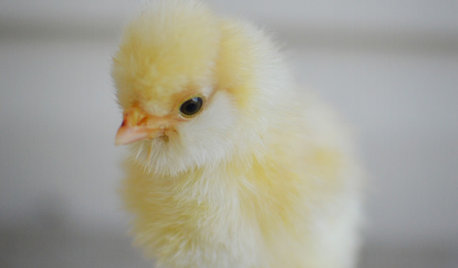
PETSWhat You Need to Know Before Buying Chicks
Ordering chicks for your backyard coop? Easy. But caring for them requires planning and foresight. Here's what to do
Full Story
GARDENING AND LANDSCAPINGWhat to Know Before You Buy Teak Outdoor Furniture
Learn about finishes, weathering, care and that age-old oil debate to get the teak furnishings that suit you best
Full Story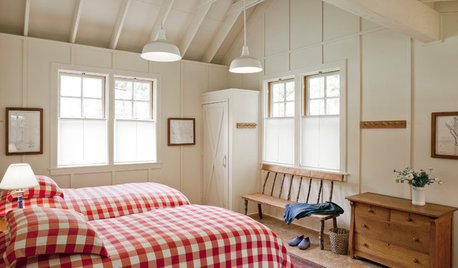
DECORATING GUIDESPattern Focus: Buffalo Check
This farmhouse-friendly pattern has a wide range of uses in the home
Full Story
HOUZZ TOURSMy Houzz: Check Out a 'Project Runway' Winner's Brooklyn Studio
Does success in clothing design translate to a fashionable apartment? See for yourself in Gretchen Jones' New York City rental
Full Story
POOLSWe Can Dream: 7 Things to Consider Before Investing in an Outdoor Spa
Check out these tips and tricks for adding a luxurious outdoor spa to your landscape
Full Story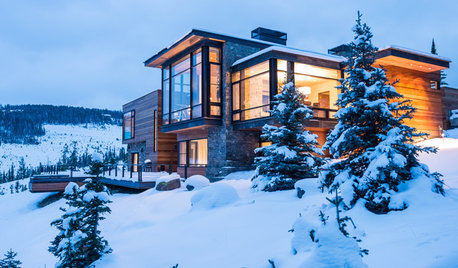
ARCHITECTUREHave Your Flat Roof and Your Snow Too
Laboring under the delusion that flat roofs are leaky, expensive and a pain to maintain? Find out the truth here
Full Story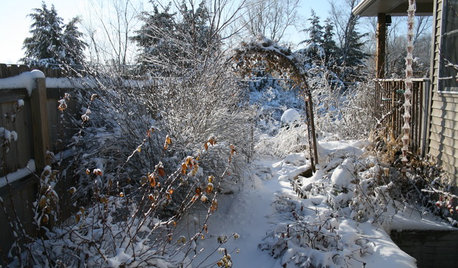
LIFE6 Ways to Beat the Winter Blahs
Snow and dark days dampening your spirits? These ideas will have you looking on the bright side
Full Story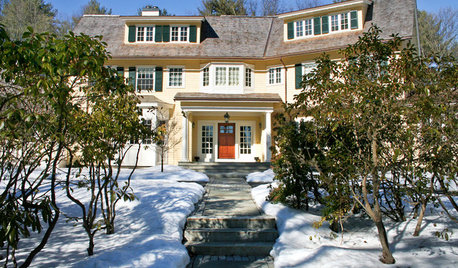
GARDENING AND LANDSCAPINGTake a Winter Walk on the Safe Side
Learn how to handle snow, ice and other cold-weather landscape factors to minimize falls and damage
Full Story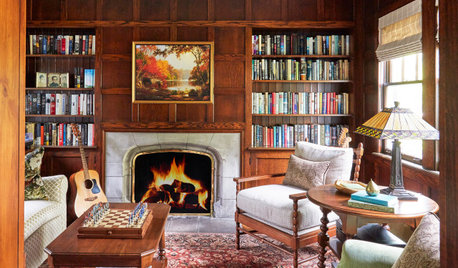
FALL AND THANKSGIVINGSimple Pleasures: A Cozy Home in Cold Weather
Stock up on these treats and essentials to make even blustery days and snowed-in time feel special
Full Story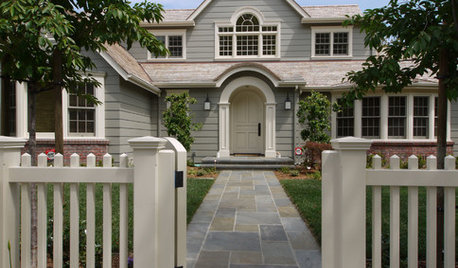
HOUSEKEEPINGOutdoor Home Prep to Do Before Hard Winter Hits
Avoid cracking, rusting and rotting during freezes by taking care of these tasks now
Full StorySponsored
Custom Craftsmanship & Construction Solutions in Franklin County
More Discussions






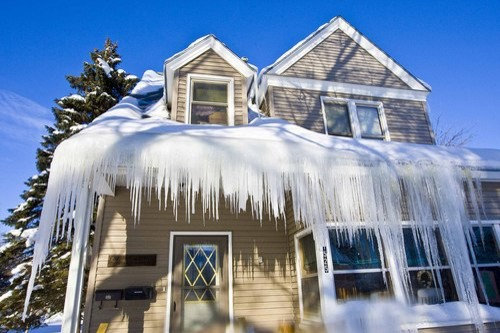
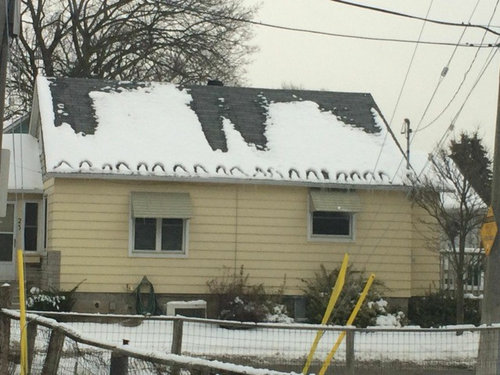



Related Professionals
Clayton Architects & Building Designers · Plainfield Architects & Building Designers · Westminster Architects & Building Designers · Alabaster General Contractors · Avon Lake General Contractors · Boardman General Contractors · Country Club Hills General Contractors · Dorchester Center General Contractors · Groveton General Contractors · Niles General Contractors · Saint Paul General Contractors · Waianae General Contractors · Maple Valley Landscape Architects & Landscape Designers · Essex Landscape Architects & Landscape Designers · Prairie Ridge Landscape Architects & Landscape Designers